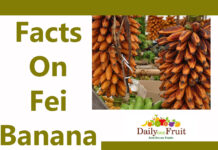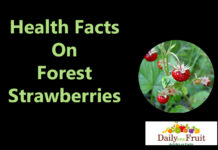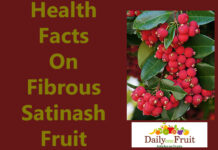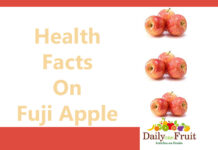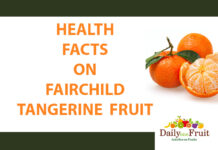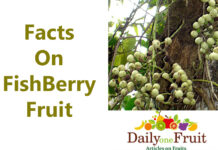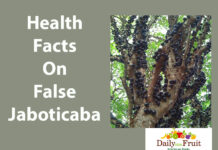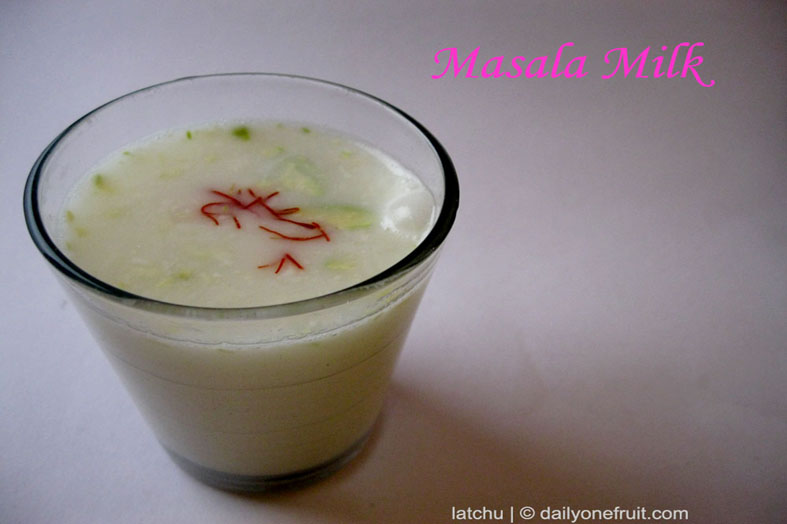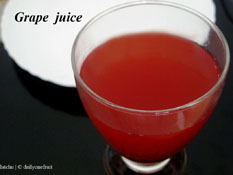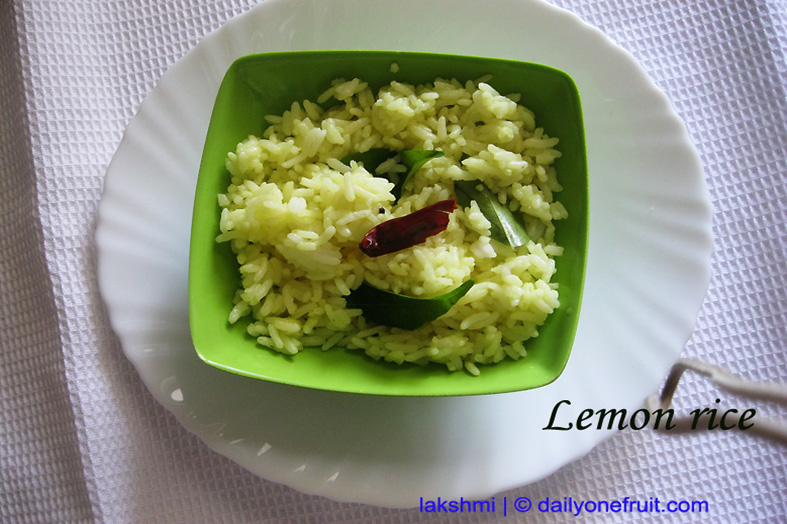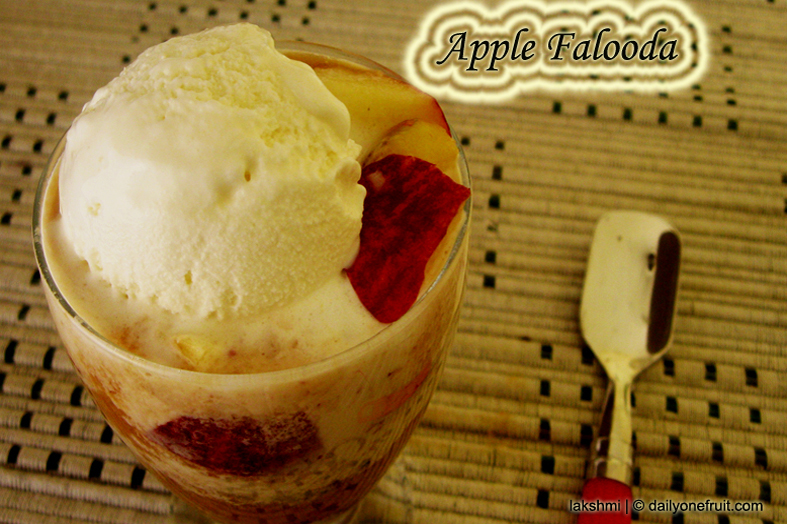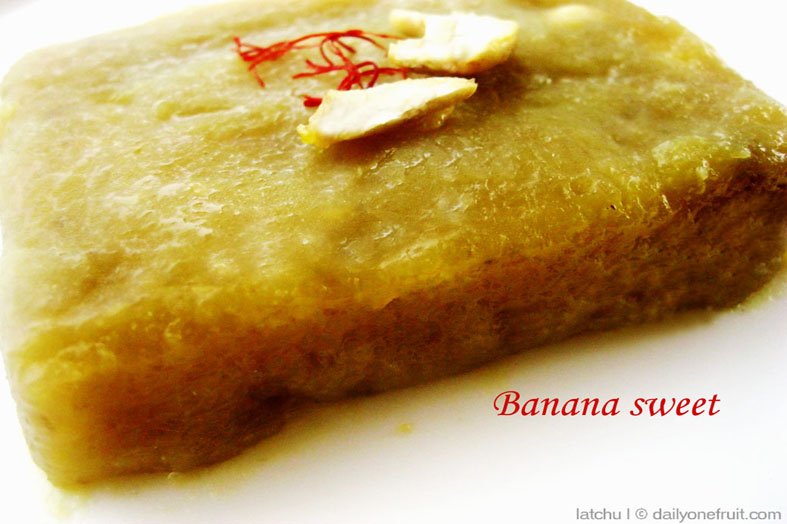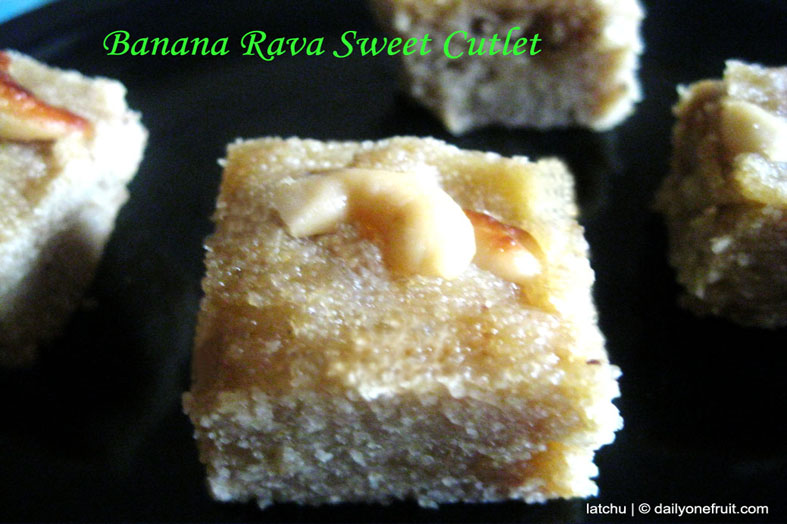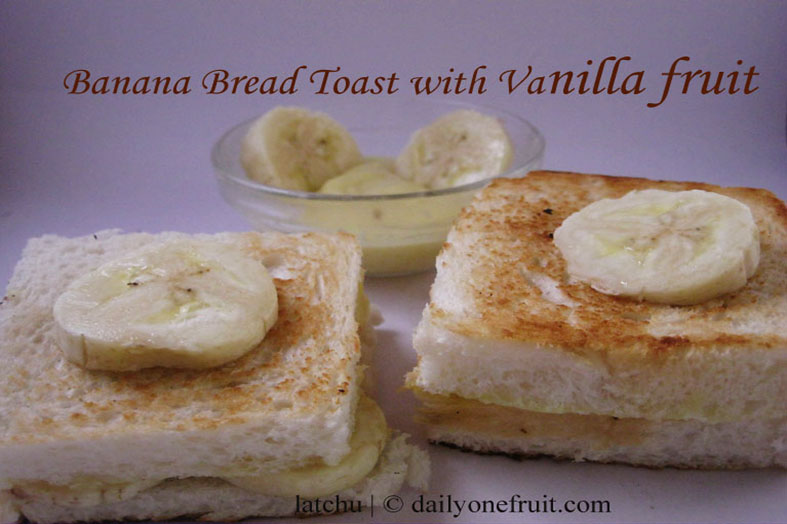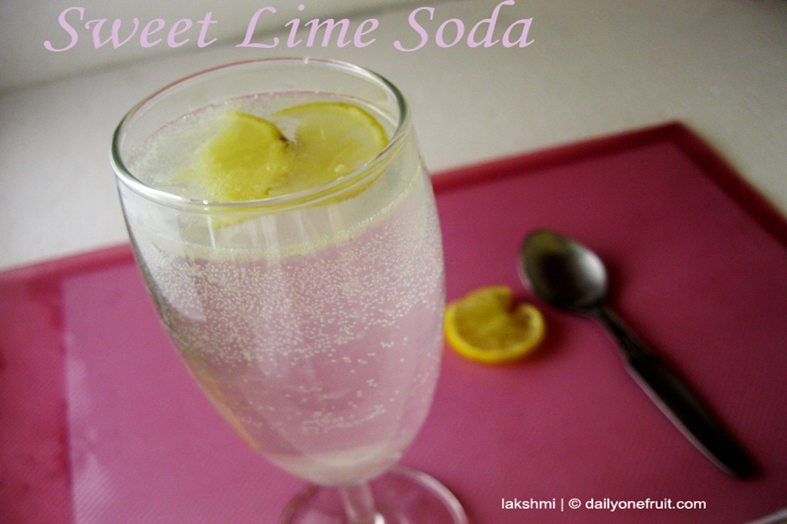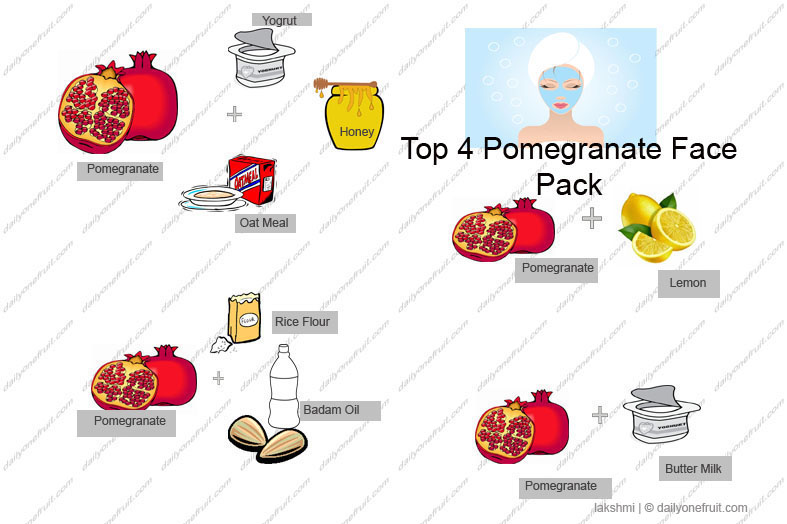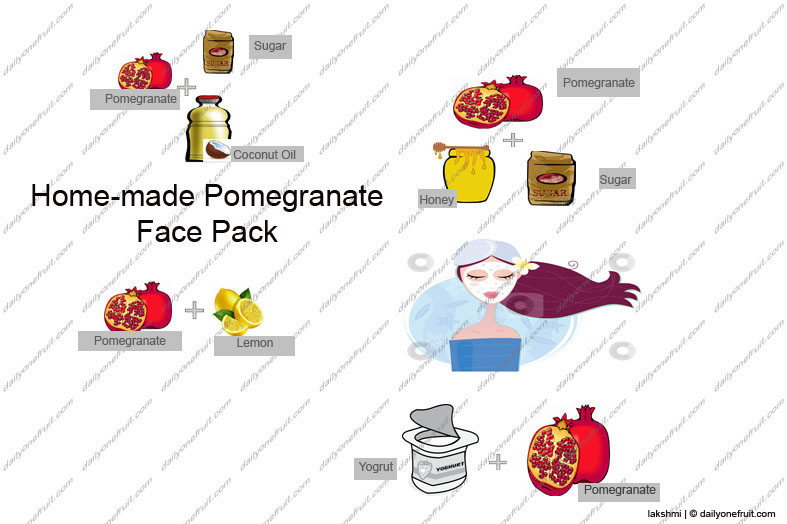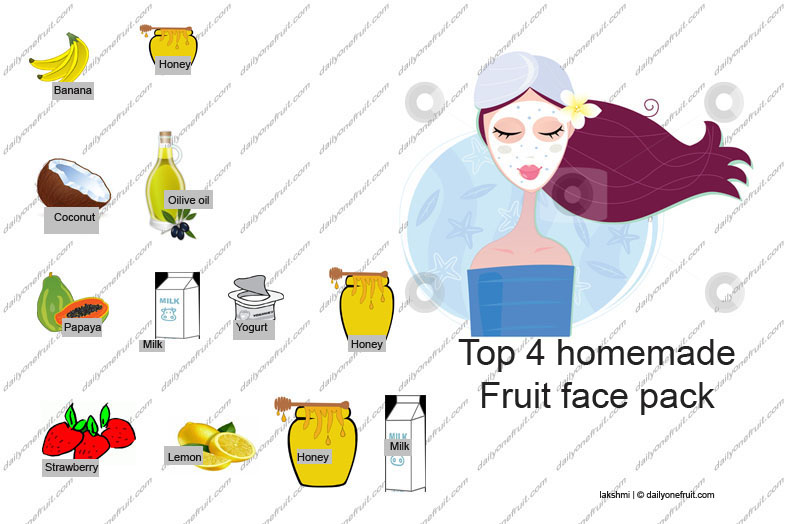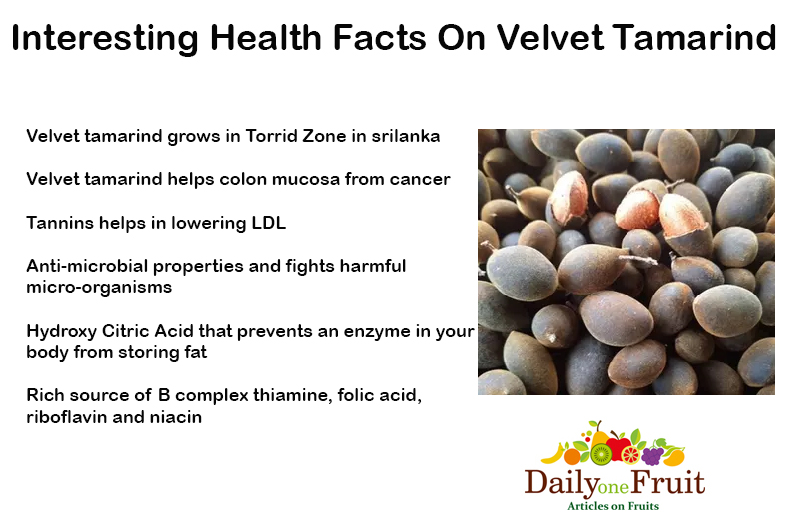
Interesting Facts On Velvet Tamarind
Velvet tamarind is scientifically called as “ Dialium ovoideum ”.
ORIGIN OF VELVET TAMARIND
Gal siyambala that is scientifically identified as Dialium ovoideum in the family Leguminosae .Velvet tamarind grows in Torrid Zone in srilanka and its a seasonal fruit.
OTHER NAMES OF VELVET TAMARIND
kaduliem palam or kallu pullium in Tamil and velvet tamarind in English
pebble tamarind, silky tamarind, Tamarind Plum.
APPEARANCE OF VELVET TAMARIND
The distinctive soft velvety feel of its brownish shell.
Velvet tamarind fruit itself is small, typically about 2cm long and about 1.5cm wide.
It cracks open easily revealing a light orange brown powdery pulp.
That encloses a hard flat round brown inedible seed coated with a thin layer of starch.
TASTES OF VELVET TAMARIND
Gal siyambala is sweet at the same time it is sour, with a similar taste as tamarind (after all it is one version of tamarind).
VARIETIES OF VELVET TAMARIND
Black velvet tamarind is an indigenous fruit also known as African velvet tamarind.
NUTRITIONAL CONTENTS OF VELVET TAMARIND
The sticky pulp of the gal siyambala is a rich source of non-starch polysaccharides / dietary fibre and is also rich in vitamin C, vitamin A, thiamine, folic acid, riboflavin and niacin. It is also a good source of minerals such as potassium, magnesium, copper, zinc, sodium, iron and calcium.
• 100g of Velvet Tamarind
• Calories: 239
• Total Fat: 0.6g
• Sodium: 28mg
• Carbohydrates: 62.5g
• Protein: 2.8g
• Calcium: 74mg
• Iron: 2.8mg
• Potassium: 628mg
• Vitamin A: 2mcg
• Vitamin C: 3.5mg
Interesting Facts On Velvet Tamarind
Prevents Digestion Problems: Gal siyambala has loads of dietary fibre that optimizing urine excretion and maintaining healthy kidneys. The fibre present in velvet tamarind,help the colon mucosa from cancer causing chemicals and also optimizing urine excretion and maintain healthy kidneys.
Lowers Cholesterol: The dietary fibre in the sticky pulp of the velvet tamarind fruits comprises of pectin and tannins that helps in lowering LDL, the bad cholesterol in the body.
Boosts Immune system: The vitamin C and other antioxidants present in the velvet tamarind fruit such as tartaric acid ,boosts the immune system and helps ensure long term benefits against microbial and fungal infections.
Maintains Metabolism: The velvet tamarind fruit is a rich source of B complex thiamine, folic acid, riboflavin and niacin that plays an antioxidant role as well as enhance enzyme metabolism in the body.
Regulates cell functions: potassium source in velvet tamarind help the cell and body fluids, gal siyambala control heart rate and blood pressure. velvet tamarind is a good source of iron as well that is required for red blood cell production.
Nourishes skin: vitamin C content in the velvet tamarind fruit stimulates nourishes the growth of healthy skin and treat wounds. The velvet tamarind leaves can be squeezed and applied directly on the wounded areas in order to kill germs and boost skin regrowth.
Reduces body temperature: Traditionally gal siyambala has potassium and magnesium and lower body temperature and reduce fever.
Controls Blood Pressure: velvet tamarind leaves can cure gastric ulcer. Leaves are said to be an old treatment for curing high blood pressure and a weak heart, as well as being a powerful diuretic that increases urine output.
Fights harmful micro-organisms: The pulp of the fruit velvet tamarind has strong anti-microbial properties and thus fights harmful micro-organisms.
Aids Weight Loss: Gal siyambala contains a compound called Hydroxy Citric Acid that prevents an enzyme in your body from storing fat and effective in weight loss.


